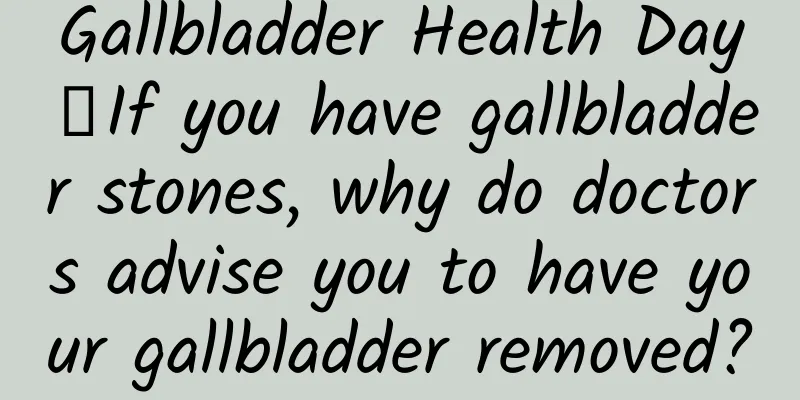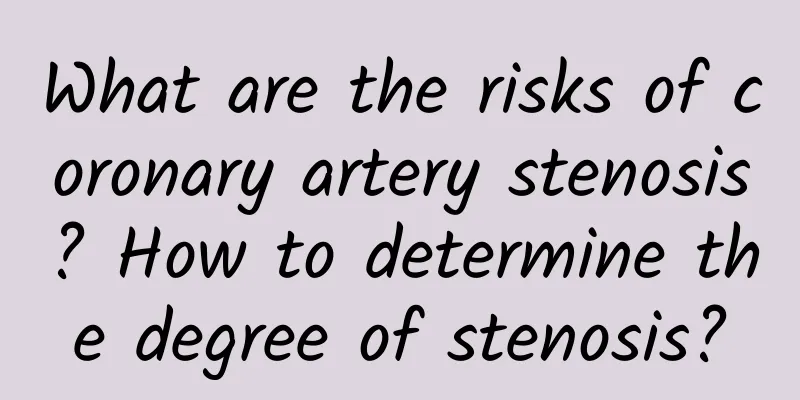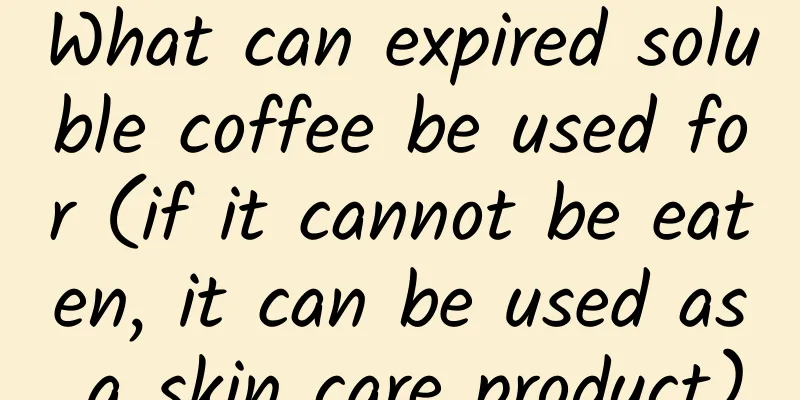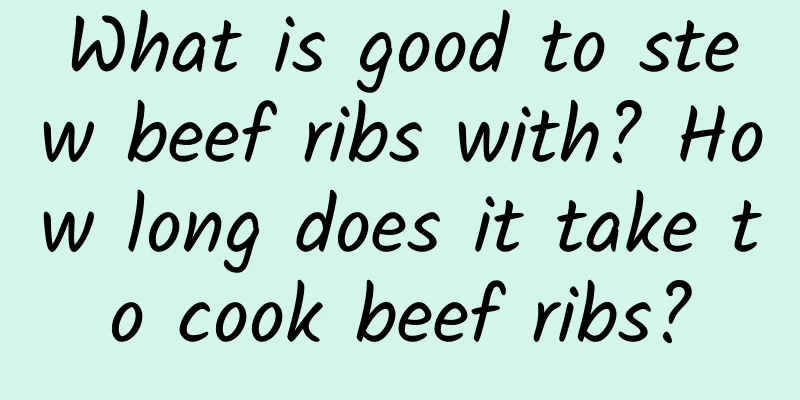Gallbladder Health Day∣If you have gallbladder stones, why do doctors advise you to have your gallbladder removed?

|
Author: Yu Feifei, attending physician of the Chinese People's Liberation Army Navy Special Medical Center Reviewer: Xie Yi, deputy chief physician of the Chinese People's Liberation Army Navy Special Medical Center "The liver and gallbladder are closely connected" - the gallbladder, a small organ located below the liver, plays an important role in storing and concentrating the bile produced by the liver. During the digestion process, the gallbladder acts as a reliable "warehouse", collecting and storing bile from the liver when the body does not need a large amount of bile temporarily; and when the body eats, especially after consuming high-fat foods, the gallbladder will actively contract and discharge bile into the duodenum to help decompose and absorb fat. The bile salts, cholesterol, bile pigments and other components in bile are essential for the digestion and absorption of food. Figure 1 Copyright image, no permission to reprint ►Gallstones: This time bomb of health risks Gallstones are solid stones that form in the gallbladder. They are usually composed of cholesterol, bile pigments, and calcium salts. These stones can occur singly or in groups, sometimes filling the entire gallbladder. In appearance, the stones may be as small as sand or gradually develop into large, hard stones. Figure 2 Copyright image, no permission to reprint Doctors recommend removing a gallbladder with gallstones, which is essentially a helpless move at the cost of sacrificing an organ. The root cause lies in a series of health problems that gallstones may cause: 1. Cholecystitis: About 70% of patients with gallstones may be asymptomatic, but when the gallstones block the neck of the gallbladder or the cystic duct, it may cause an attack of cholecystitis, manifested as abdominal pain, abdominal distension, etc. As the inflammation progresses, gallbladder wall edema, suppurative cholecystitis, and even gallbladder gangrene and perforation may occur. 2. Secondary bile duct stones: If the stones enter the common bile duct, they may cause acute cholangitis or lead to obstruction of the common bile duct, resulting in abdominal pain, fever and jaundice. 3. Gallstone pancreatitis: If the stones enter the common opening of the common bile duct and the pancreatic duct, it may cause gallstone pancreatitis, which manifests as severe abdominal pain. In severe cases, pancreatic edema, severe pancreatitis, etc. may occur. 4. Gallbladder cancer: Chronic inflammatory response of the gallbladder mucosa caused by gallstones may stimulate gallbladder cell proliferation and increase the risk of cancer. Figure 3 Copyright image, no permission to reprint ►What conservative treatment options are available without surgery? 1. Oral drug lithotripsy: Bile acid drugs (such as ursodeoxycholic acid) can be used to dissolve cholesterol stones, but they need to be taken continuously for a long time (6 months to several years), and the lithotripsy effect varies from person to person. 2. Extracorporeal shock wave lithotripsy: High-energy shock waves are used to break up stones so that small fragments can be discharged through the bile duct. However, this method is mainly suitable for common bile duct stones, and extracorporeal lithotripsy of gallbladder stones should be performed with caution. 3. Endoscopic treatment: For some common bile duct stones, stones can be removed or crushed by endoscopic retrograde cholangiopancreatography (ERCP). For eligible gallbladder stones, stone removal through the cystic duct can also be attempted, but the indications must be strictly controlled. 4. Traditional Chinese medicine treatment: Under the guidance of traditional Chinese medicine theory, traditional Chinese medicine conditioning is used to improve liver and gallbladder function and promote stone excretion, but the effects and indications vary from person to person. ►“Gallbladder-preserving and gallstone removal” seems to be able to remove stones and preserve the gallbladder, but why do doctors still prefer to remove the gallbladder? First, non-surgical treatments are not suitable for all patients, and there are controversies regarding the thoroughness of treatment, risk, and risk of recurrence. For symptomatic gallstones or complications caused by gallstones, surgical treatment is usually the recommended approach. "Cholecystolithotomy with gallbladder preservation" has been controversial since its inception. This surgical method is generally not recognized internationally. my country's latest "Expert Consensus on Surgical Treatment of Benign Gallbladder Diseases" also clearly opposes the implementation of gallbladder preservation and stone removal for gallbladder stones, pointing out that cholecystectomy is the only curative means of gallbladder stones. Gallbladder preservation and stone removal requires entering the abdominal cavity, and the trauma and surgical risks are similar to those of cholecystectomy; and the stone recurrence rate after gallbladder preservation and stone removal is high. After cholecystectomy, the bile duct will dilate compensatorily and play a certain role in storing bile. ►Is it necessary to perform surgery if a gallbladder stone develops? Surgical removal of the gallbladder is often the last option when other treatments have failed. For patients with small, quiet stones (less than 3 mm in diameter), no symptoms, and no complications, a wait-and-see approach may be appropriate, but regular ultrasound examinations are required to ensure that the stones are not enlarging or causing lesions. For patients with asymptomatic gallstones, if preventive cholecystectomy is considered, such as those in special occupations (pilots, etc.), those with chronic diseases (such as diabetes, uremia, etc.) and the elderly, surgery can be considered. If gallstones have caused complications such as biliary colic and acute cholecystitis, surgery is usually a priority. For patients with large stones (over 3 cm), large numbers of stones, or those that cause gallbladder atrophy, surgical treatment is recommended even if there are no symptoms. The final decision needs to be made by a specialist based on a comprehensive assessment of the patient's overall health and specific circumstances. ► Adjustment to life after becoming a "courageless hero" After cholecystectomy, the body may experience both short-term and long-term changes. In the short term, due to the loss of the gallbladder's ability to store and concentrate bile, symptoms such as indigestion, bloating, and diarrhea may occur after eating high-fat foods. However, over time, the bile duct will gradually expand to compensate for the loss of gallbladder function, thereby alleviating symptoms. In the long term, patients need to adjust their eating habits, avoid high-fat foods, and adopt a separate dining system to adapt to life without a gallbladder. |
<<: Don’t let your child’s “weak eyesight” become a “disadvantage”
>>: What can we do when chemotherapy encounters oral mucositis?
Recommend
What causes back pain in pregnant women?
Low back pain in mid-pregnancy is generally a nor...
What's wrong with menstruation?
Girls have menstruation every month. During menst...
Complete Collection of Chinese Herbal Formulas for Increasing Lactation
A mother should have milk flowing out after givin...
Does burnt food cause cancer? Do these 4 things before cooking, and you won’t be afraid of burnt food anymore!
For those who like cooking, the kitchen at home i...
What are the early symptoms of female mastitis?
Mastitis is a common breast disease among women. ...
How to treat pelvic inflammatory disease and pelvic effusion? It turns out there are 5 ways
Pelvic inflammatory disease and pelvic effusion a...
Faced with the increasing proportion of JN.1 variants, how should we respond this winter and next spring?
With the arrival of winter vacation and Spring Fe...
What are the dangers of breast hyperplasia?
Breast hyperplasia is very harmful to women. The ...
Is pink menstrual period normal?
Menstruation is a normal physiological phenomenon...
Don't panic if you have a stroke! Experts teach you 10 ways to recover. Suggested collection
Expert Name: Chen Zhencheng Expert introduction: ...
What are the precautions for women to take when practicing Ba Duan Jin?
Ba Duan Jin consists of eight movements. Ba Duan ...
Can uterine fibroids get smaller?
Uterine fibroids are a disease that occurs in wom...
Can the down payment for buying a house be refunded during the epidemic? What should I do if I paid the down payment before the epidemic?
We all know that buying a house is a very importa...
Which department should I go to for breast disease?
Breasts are the organs that women pay more attent...
What medicine should I take to induce my period?
Most female friends have experienced irregular me...









